Formula 1 2020/2022 – La tecnica/Technical Insights
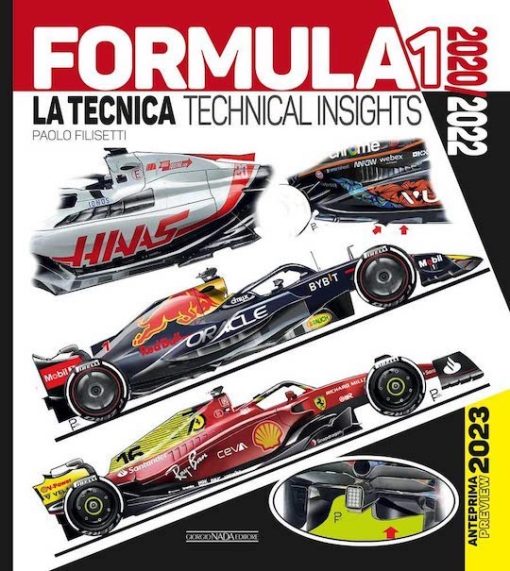 by Paolo Filisetti
by Paolo Filisetti
“The regulations regarding aerodynamic testing (ATR), while not varying the amounts in terms of 100% hours or terabytes (for CFD) with respect to 2020, gave the teams a percentage of resources inversely proportional to their position in the Constructors’ standings in 2020. The leading team was granted 90% with every following team being granted 2.5% more.”
(Italian / English) All clear? This is not all that straightforward and probably news to any casual, occasional F1 watcher—whose numbers have been growing for several years running—who thinks winning is just about who is on which step of the podium. For a team to make the above math work, winning a LOT, winning more than other teams is the key to success if not survival because it unlocks benefits and funding.
If F1 tech weren’t changing all the time you’d be reaching for this book all the time, but since it is, you’ll be reaching for it . . . plenty because over the long haul you cannot possibly recall the exact year or specific race something new premiered.
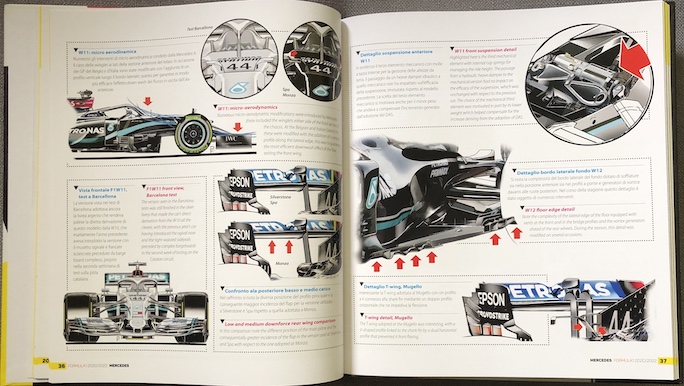
Different configurations, on the same car, for different circuits.
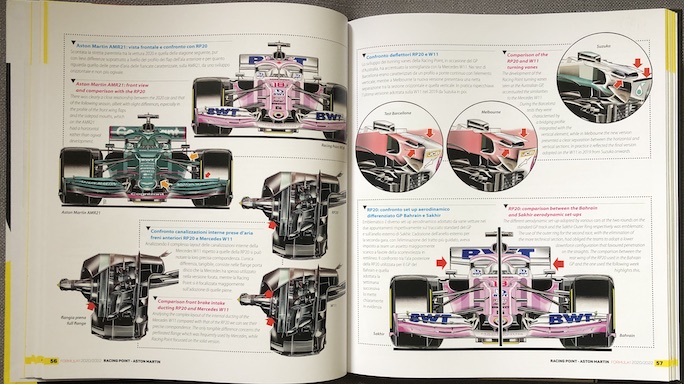
The fact that the text is in two languages automatically limits the amount of detail it can dispense.
No matter how seamless and long-ranging an awareness of year-over-year rule changes you are able to maintain in the mental data bank, 2020/21 will be especially hard to recall in exact detail because planned FIA-mandated changes did not happen on schedule because . . . Covid. The whole season started out in limbo and in the end was shortened and run at fewer circuits. For instance the big aero changes scheduled for 2021 were postponed by a year, making 2022 the Year of the Porpoise, a ground effects-related issue that affected all teams, albeit in different ways, and for sure broke Mercedes’ multi-year winning streak right from the pre-season test and in a spectacularly catastrophic way. Meaning the information in a book like this is useful for keeping the timeline straight.

Even the casual viewer will be aware of the fact that in motorsports, fractions of a second can make the difference between winning and not. And those fractions are achieved by technology, and the technology is circumscribed by rules, and the rules are meant to accomplish . . . well, what the rules are meant to accomplish is not always fully understandable because the stakeholders have conflicting goals.
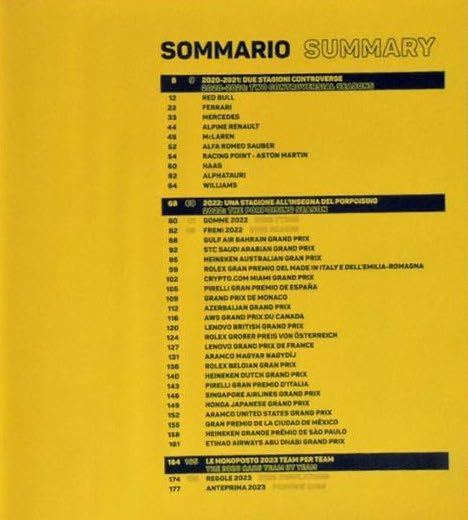 For the seasons this book covers some of the big buzz words to add to the vocabulary are “homologated components” and “transferable components” (i.e. the degree to which technology can be shared among teams that have a business relationship), and another round of belt-tightening under the Resource Restriction Agreement aka the cost cap. It is these macro challenges that drive the micro solutions the teams develop, and this book discusses both.
For the seasons this book covers some of the big buzz words to add to the vocabulary are “homologated components” and “transferable components” (i.e. the degree to which technology can be shared among teams that have a business relationship), and another round of belt-tightening under the Resource Restriction Agreement aka the cost cap. It is these macro challenges that drive the micro solutions the teams develop, and this book discusses both.
The year-over-year and team-to-team technical changes are shown by means of technical drawings, the purpose being to appreciate at a granular level the innovation and creativity that distinguish Formula 1. If the look of the book and the subject matter bring to mind Giorgio Piola’s long-running Formula 1 Technical Analysis series (same publisher) you’re on the right track. Piola hung up his hat in 2018 after 25 years, and Filisetti started up the next year, making the book we are reviewing here his second. There is a bigger-picture dimension to Filisetti being the one to take over because that same year he was also installed as technical editor at GPToday.net, reporting after each race on the technical developments, accompanied by his own illustrations—basically a different version of what’s in this book, and something he has done since 1996 for a number of authoritative F1 outlets in Italy.

Tires and Brakes are two stand-alone subjects.
It is probably too early to form an opinion but Piola’s drawings showed more detail. On the other hand there is a case to be made that there is merit in only rendering only those aspects in detail that are being discussed and leave all else as basic shapes. This is a roundabout way of saying that this book is not intended as, say, a model-builder’s guide that shows every cotter pin. And just to say the obvious, on the text side the book is not about first principles but a moment in time and will therefore be most useful to the reader who has a running awareness of the arc of technical development in F1. Also, being bilingual cuts it in half right out of the gate.
The book is divided into three parts. The first discusses 2020/21 by team, then 2022 by circuit, and lastly a 2023 preview of the cars, the regs, and select technical features.
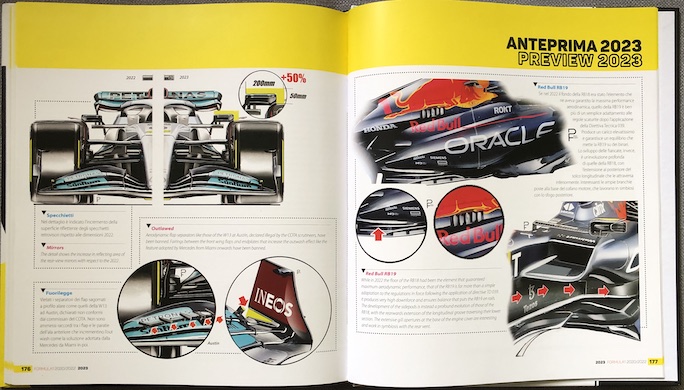
Copyright 2024, Sabu Advani (Speedreaders.info)


 RSS Feed - Comments
RSS Feed - Comments

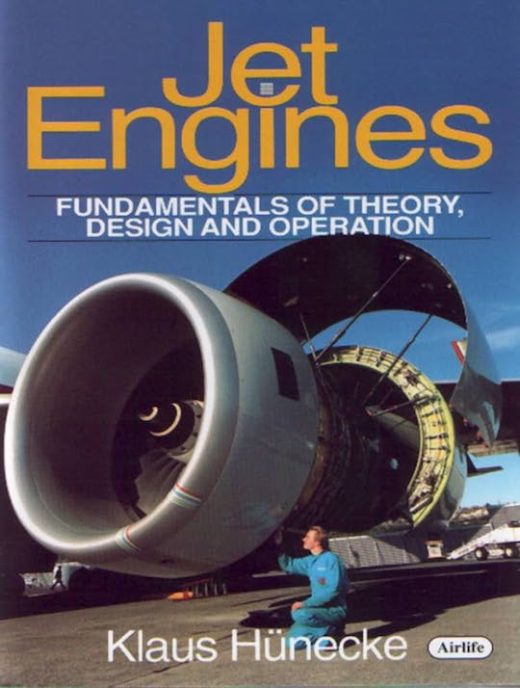
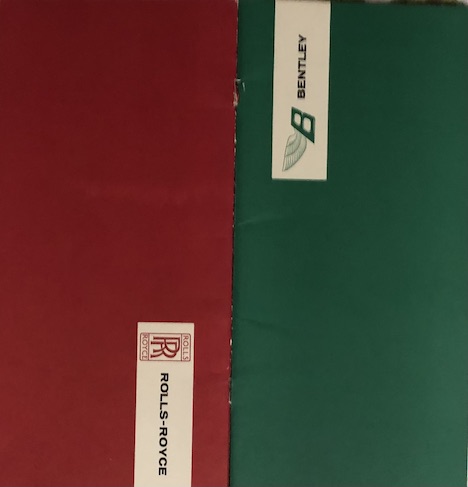

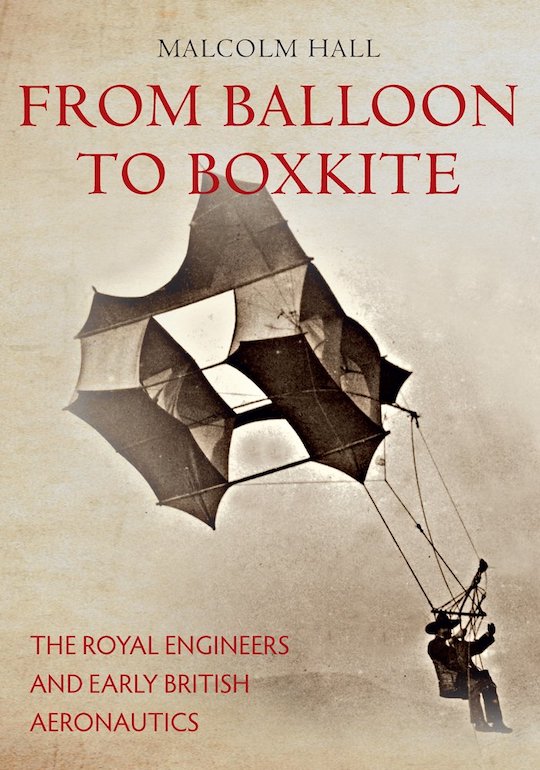







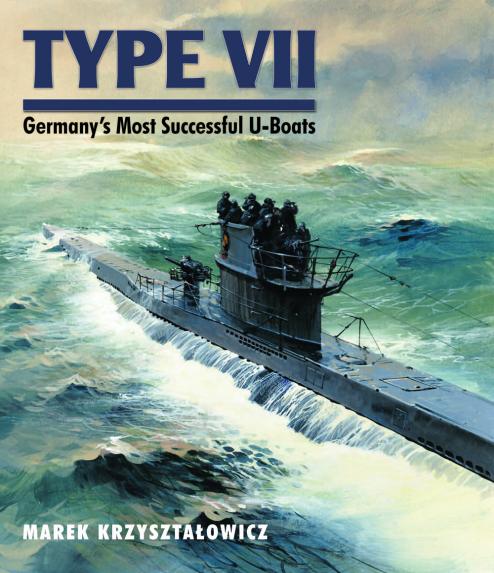

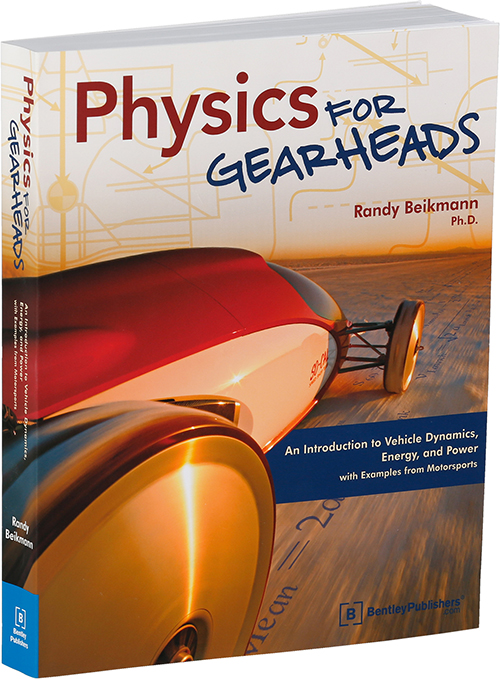

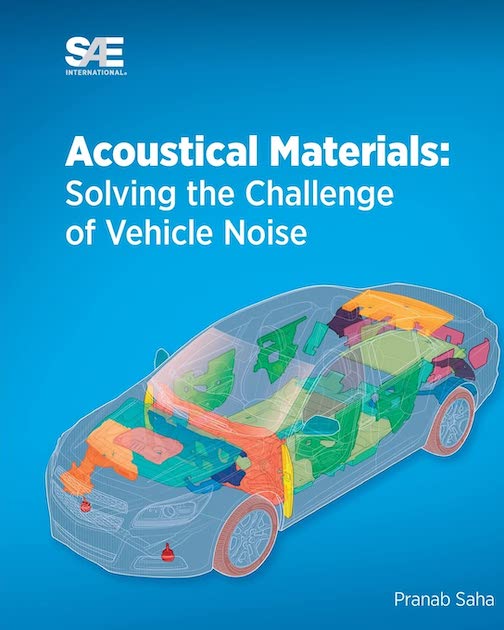








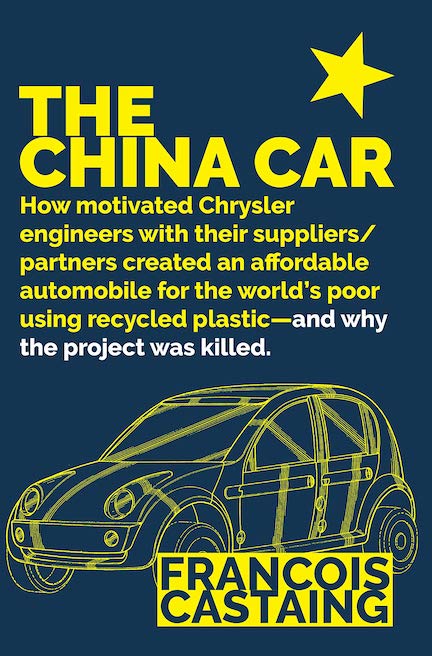

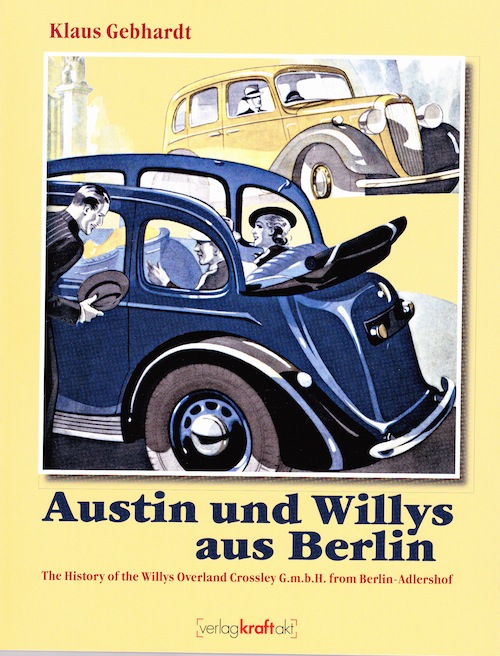










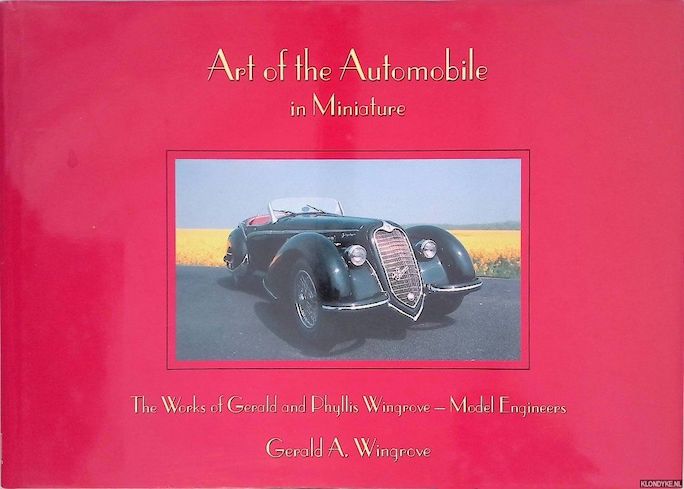







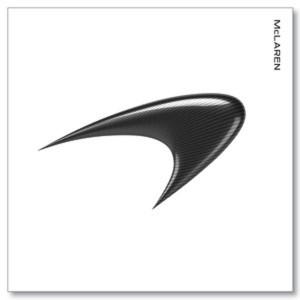


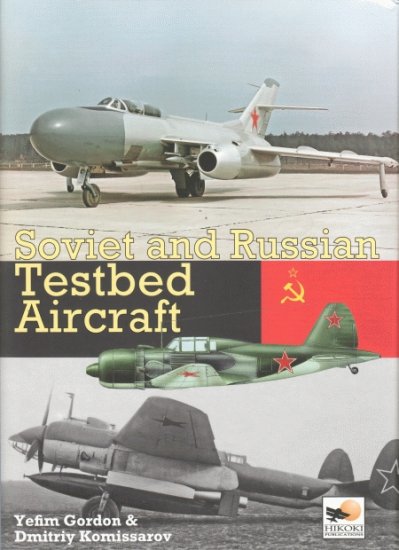



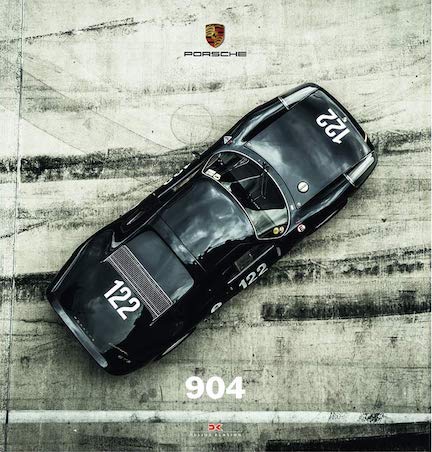



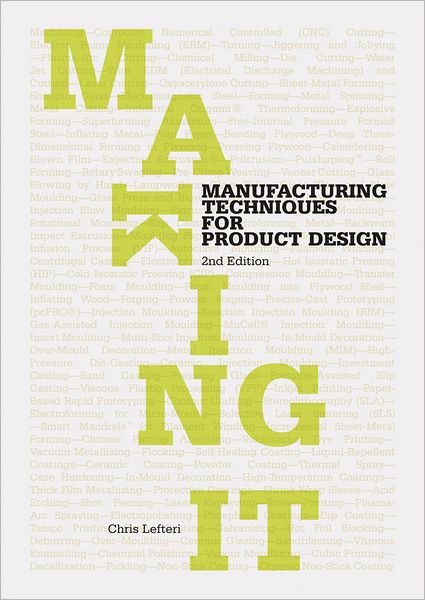




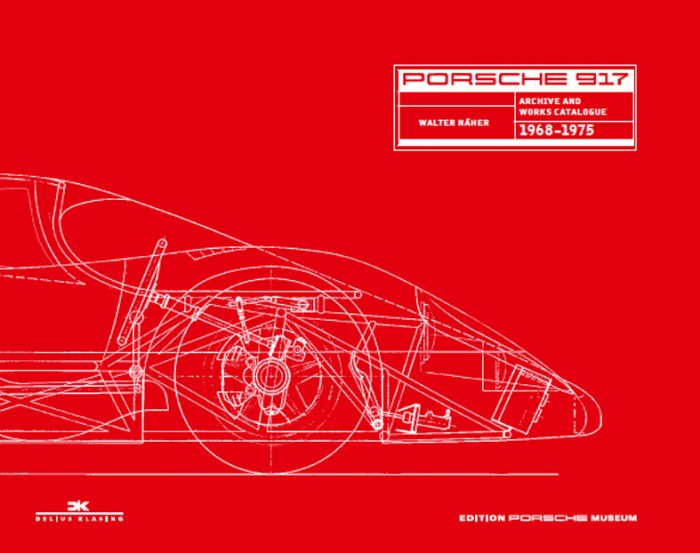


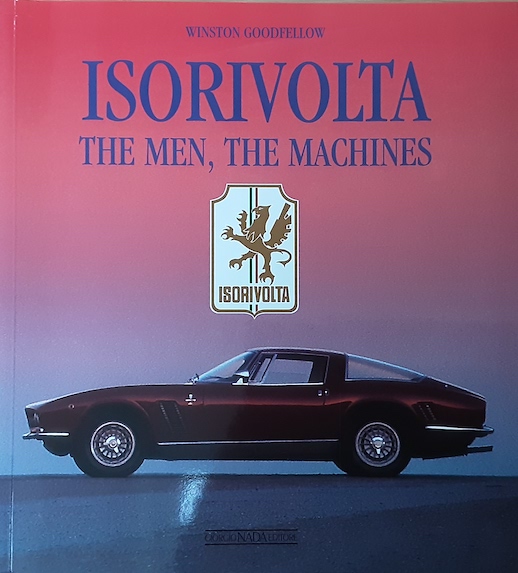




 Phone / Mail / Email
Phone / Mail / Email RSS Feed
RSS Feed Facebook
Facebook Twitter
Twitter